
Roots
For generations, the stories of our textured hair have been written not just in follicles and strands, but in the very fabric of identity, tradition, and enduring human spirit. It is a story whispered through time, from ancestral villages to modern cities, each coil and kink a testament to legacies held dear. We stand at a threshold, looking back at paths trod by those who came before us, asking whether the ancient wisdom, distilled through countless hands and honed by nature’s own rhythm, holds the key to the most vibrant health of our modern textured crowns. This exploration is a homecoming, a recognition that the wellspring of care for our hair lies often in the deepest pools of our heritage, calling us to listen, to learn, and to reconnect with the inherent magnificence of each strand.
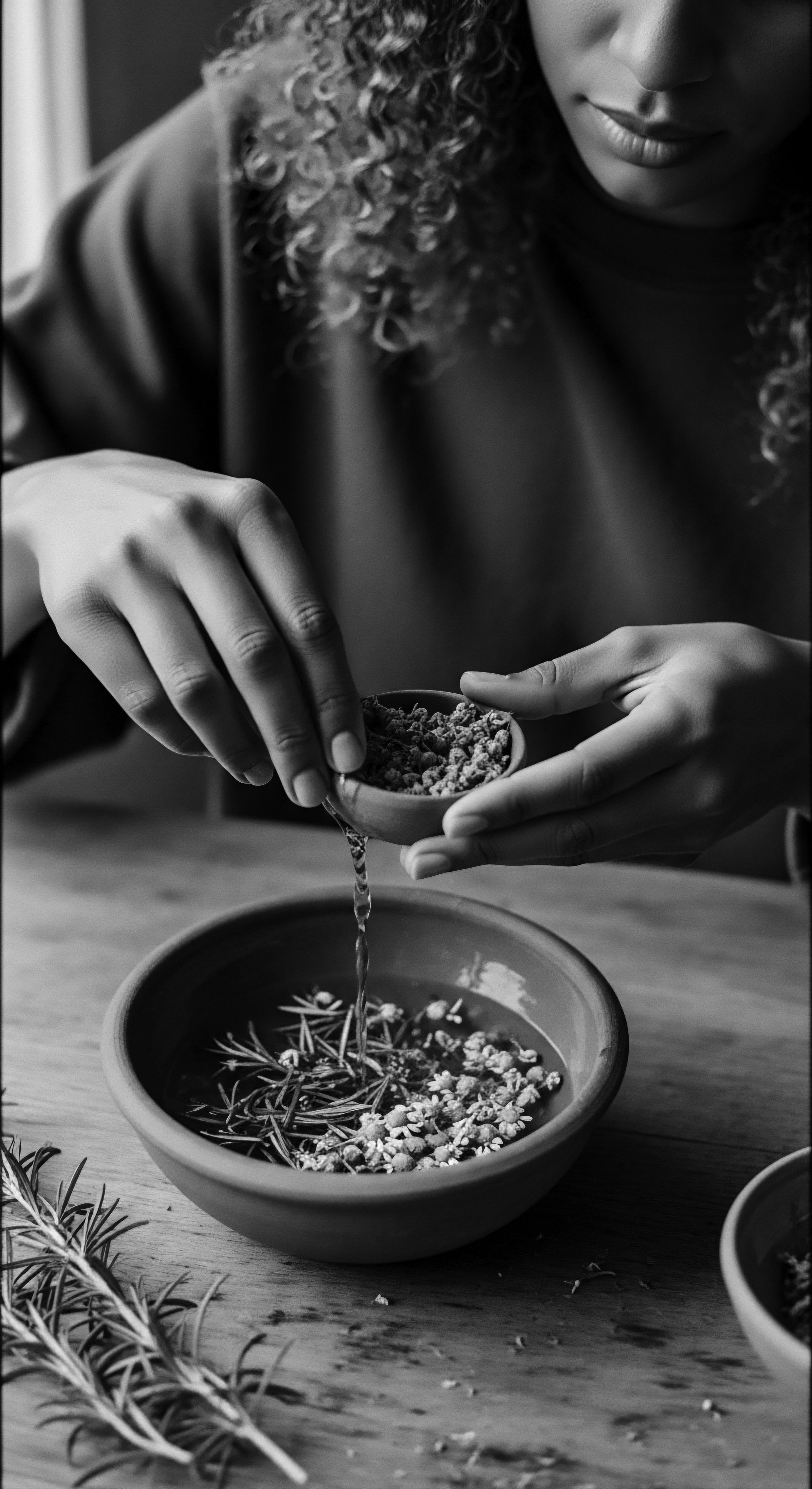
Hair Anatomy and Its Ancestral Echoes
The architecture of textured hair is a marvel of biological engineering, distinct from other hair types in ways that speak to its unique needs and resilience. Unlike the round cross-section of straight hair, afro-textured hair typically presents an elliptical or flattened cross-section, causing it to grow in tight, helical spirals. This inherent curvature means that natural sebum, the scalp’s own moisturizer, struggles to travel down the entire length of the hair shaft, leaving the ends particularly prone to dryness.
This dryness, a recurring theme in contemporary textured hair conversations, finds its historical counterpoint in ancestral practices that instinctively prioritized moisture and protection long before microscopes revealed follicular geometry. Indigenous communities understood this need for hydration and fortification, developing sophisticated regimens centered on natural emollients.
Consider, too, the cuticle layer, the outer protective scales of the hair. In highly coiled strands, these cuticles do not lie as flat as they do on straight hair, creating points of friction and vulnerability. This structural characteristic makes textured hair more susceptible to mechanical damage, breakage, and the formation of knots during detangling.
A study comparing hair types revealed that afro-textured hair more frequently forms knots and tangles when compared to Caucasian and Asian hair. This scientific observation mirrors the careful, patient approach to hair care often observed in traditional settings, where gentle handling and specific detangling agents were paramount.

A Lexicon of Textured Hair ❉ Beyond Simple Categorization
Modern hair typing systems, like those categorizing hair from Type 1 (straight) to Type 4 (tightly coiled), serve as a contemporary attempt to classify the diverse spectrum of textured hair. While useful for product formulation and consumer guidance, these systems rarely capture the profound cultural and historical meanings embedded in various hair textures. For centuries, across African societies, hair types and styles conveyed specific messages ❉ marital status, age, social standing, religious affiliation, or tribal origin. Hair was never a mere aesthetic choice; it was a living, breathing component of identity.
The ancestral understanding of textured hair moved beyond simple appearance, recognizing it as a living archive of identity and community.
The language of hair care, too, carried ancestral weight. Terms varied by region and dialect, yet consistently spoke to practices of oiling, twisting, braiding, and adorning, each word holding the resonance of generations. This deep-seated understanding of hair’s cultural context informs how we approach its care. It emphasizes that while modern science dissects the keratin protein and disulfide bonds, the spirit of care remains rooted in reverence for this unique biological heritage.

Growth Cycles and Influencing Factors
Hair growth follows a cyclical pattern ❉ anagen (growth), catagen (transition), and telogen (rest). While this biological process is universal, external factors profoundly influence its manifestation, particularly for textured hair. Historical environmental conditions, such as harsh climates, and nutritional variations within ancestral diets, likely played a role in shaping hair health. Access to nutrient-rich foods, often plant-based, contributed to the overall vitality of hair.
Conversely, periods of scarcity or forced displacement, particularly during the transatlantic slave trade, dramatically altered hair care practices and subsequently, hair health. Enslaved individuals were stripped of their traditional tools and methods, yet remarkable ingenuity allowed them to preserve cultural connections through their hair, adapting available materials for care. This history underscores the resilience of hair traditions and the adaptability of care, even in the face of immense adversity. The scientific principles of protein synthesis and cellular regeneration that underpin hair growth were, in essence, supported by ancestral diets rich in essential vitamins and minerals, even if the precise biochemical mechanisms were unknown at the time.
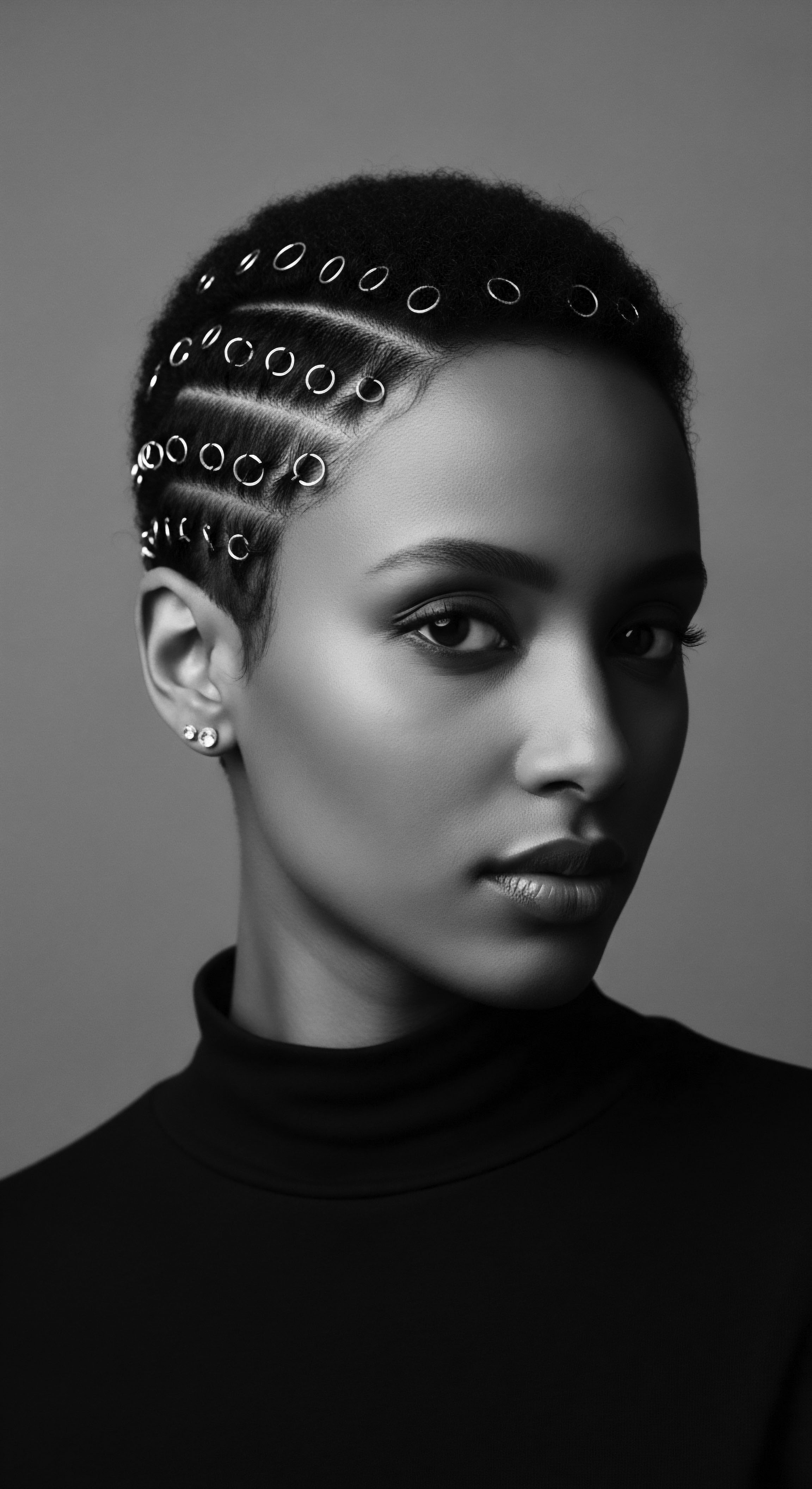
Ritual
The art of textured hair styling is not simply a sequence of physical manipulations; it is a profound cultural expression, a dialogue between the hands of the present and the wisdom of the past. For countless generations, styling rituals have served as communal gatherings, rites of passage, and visual narratives, shaping not only individual appearance but also collective identity. When we ask if traditional hair practices can improve modern textured hair health, we are, in essence, asking if these ancient rituals, steeped in purpose and ancestral knowledge, can offer a richer, more sustainable path to hair vitality than the often-fragmented approaches of today.
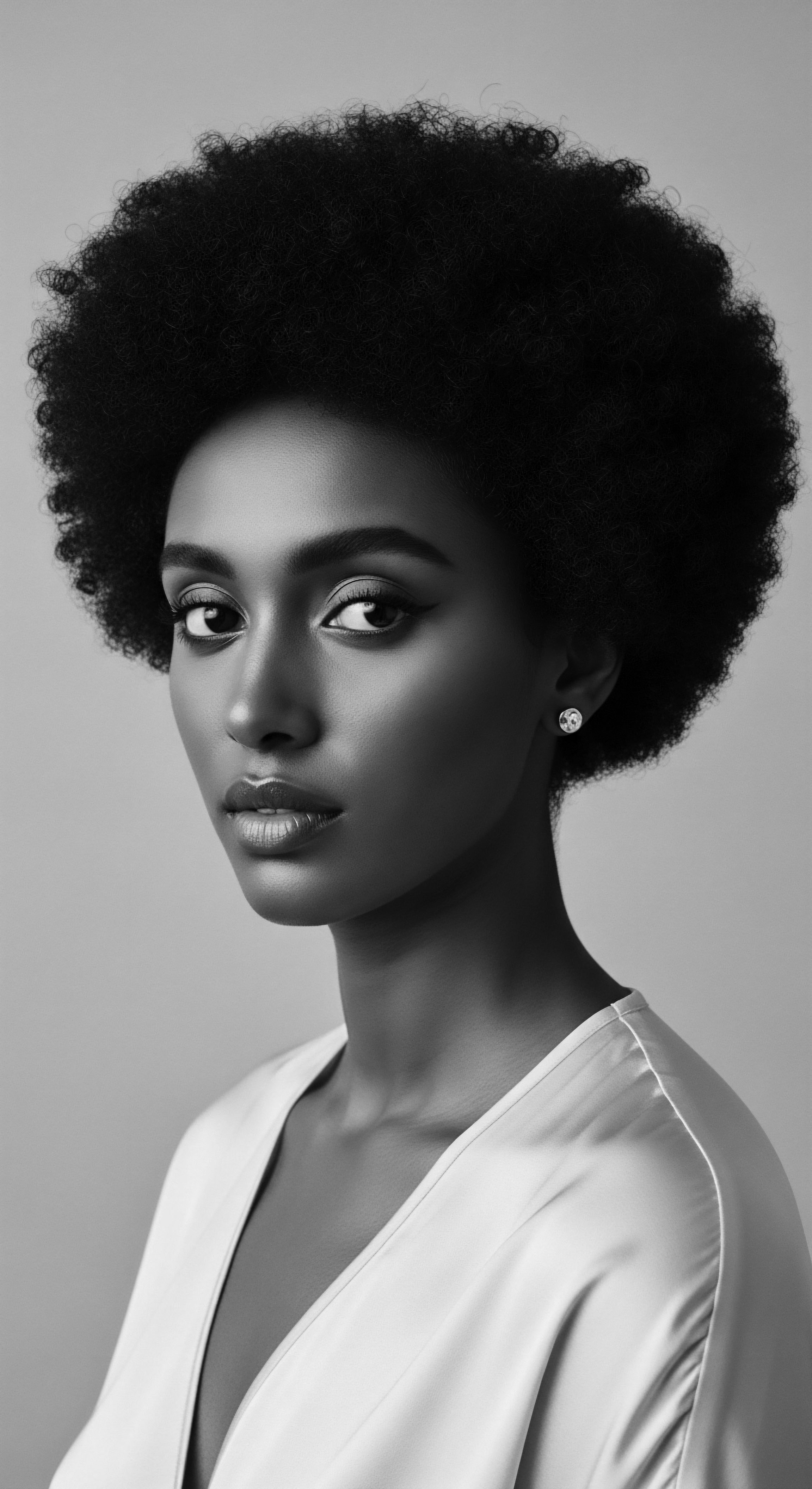
Protective Styling Through Time
Protective styles, a cornerstone of contemporary textured hair care, possess deep roots in African heritage. Styles like braids, twists, and Bantu knots were, and remain, far more than mere aesthetic choices. They shielded hair from environmental aggressors, minimized breakage, and promoted length retention. In pre-colonial Africa, intricate braiding patterns communicated social standing, tribal affiliation, and even marital status.
During the era of slavery, these styles sometimes served as covert maps for escape routes, with rice seeds or other grains concealed within braids as a means of sustenance and an unspoken guide to freedom. This historical context elevates protective styling from a simple technique to a testament of resilience and ingenuity.
Modern protective styling continues this legacy, offering a respite from daily manipulation and exposure. The foundational principle remains the same ❉ to tuck away delicate ends and reduce friction, allowing hair to rest and retain moisture.
- Cornrows ❉ Originating in Africa, these close-to-the-scalp braids are a testament to geometric artistry and a protective shield, minimizing daily hair handling.
- Bantu Knots ❉ These coiled sections, rooted in Southern African heritage, provide a method for setting curls without heat, offering a gentle, moisturizing approach.
- Twists ❉ A versatile style that offers less tension than braids, twists are ideal for minimizing damage and retaining hydration, an adaptation from ancestral methods of hair sectioning.
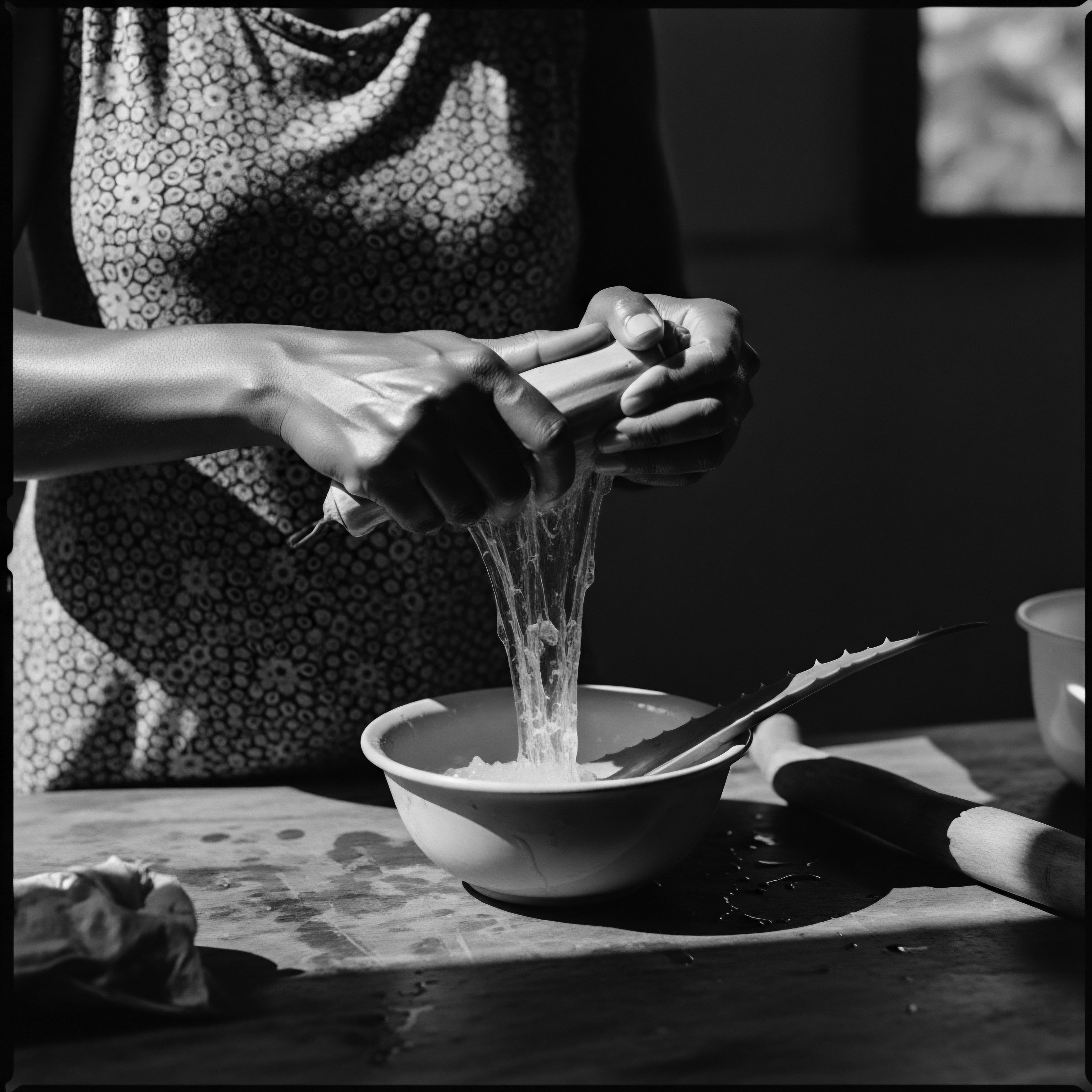
What Did Ancient Hair Tool Design Reflect?
The tools of hair care, too, hold ancestral stories. Before the advent of synthetic materials, combs and picks were crafted from natural resources like wood, bone, or ivory. These implements, often wider-toothed and smoother than many modern plastic versions, were designed to navigate coiled textures with minimal snagging and breakage. The very act of creating these tools bespoke an understanding of hair’s delicate nature.
| Traditional Tool Wide-Tooth Wooden Comb |
| Modern Counterpart/Adaptation Plastic Detangling Comb, Flexi-Brush |
| Traditional Tool Bone or Ivory Picks |
| Modern Counterpart/Adaptation Metal or Plastic Hair Picks |
| Traditional Tool Clay or Stone Grinders |
| Modern Counterpart/Adaptation Mortar and Pestle for DIY Ingredients, Blenders for Mask Preparation |
| Traditional Tool Natural Plant Fibers for Ties |
| Modern Counterpart/Adaptation Elastic Hair Ties, Scrunchies |
| Traditional Tool The continuity of purpose behind hair tools, from ancient bone to contemporary plastic, speaks to an enduring need for gentle handling and effective detangling for textured hair. |
Modern tools, while offering convenience and variety, sometimes overlook the ergonomic and material considerations that prioritized hair health in ancestral practices. The focus on preserving the hair’s integrity was paramount, a lesson perhaps reinforced by the limited availability of harsh chemicals or intensive heat styling in ancient times.
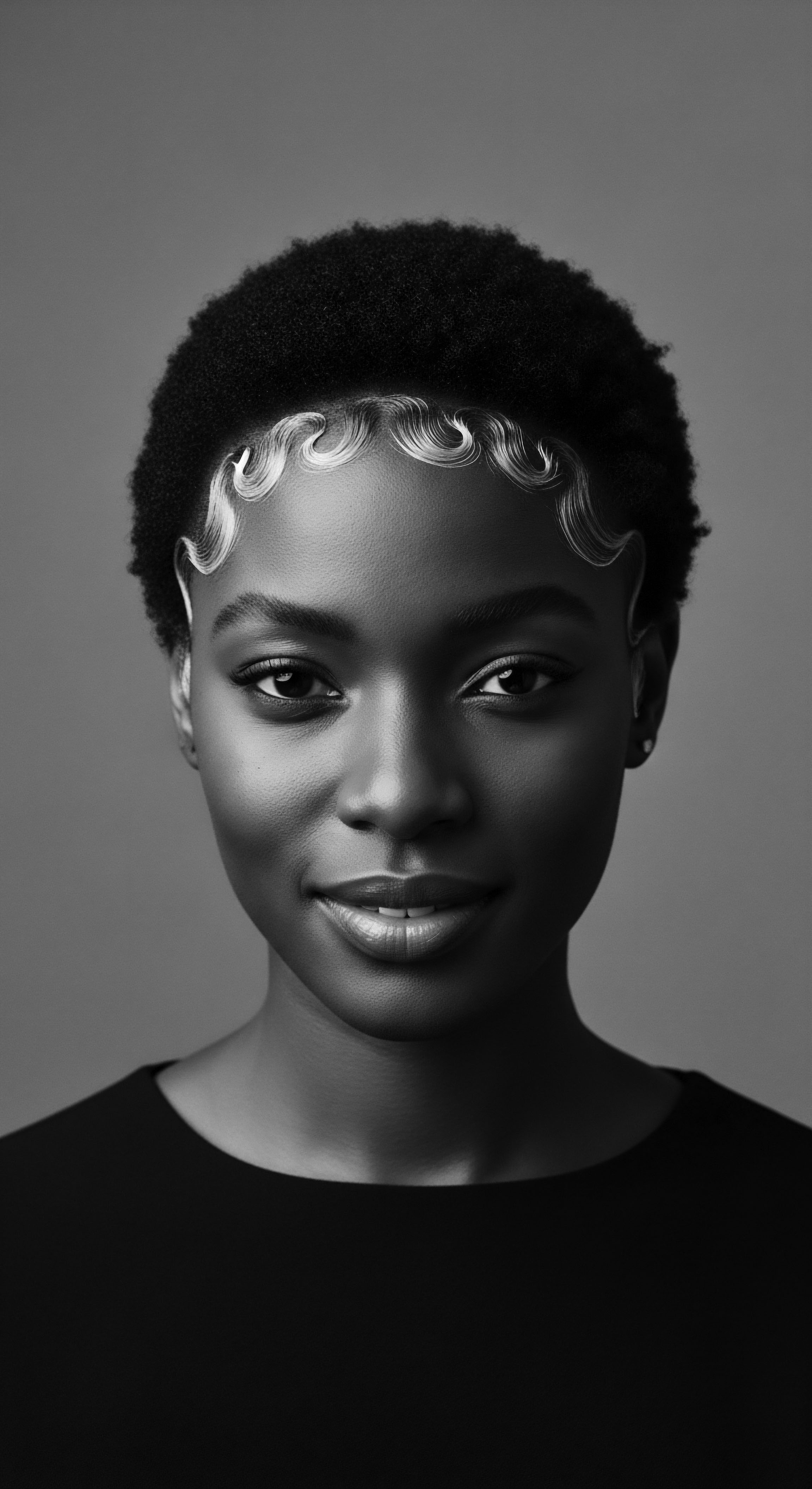
Transformations ❉ Identity and Styling Heritage
The journey of textured hair through history is also one of transformation, often intertwined with shifts in societal perceptions and struggles for self-acceptance. The concept of “good hair” or “bad hair,” largely influenced by Eurocentric beauty standards during and after slavery, led many to seek chemical straighteners or heat styling to conform. This pursuit of straight hair, while sometimes a means of economic assimilation, also carried significant health consequences, including increased risks of hair loss and damage.
The historical interplay between cultural identity and textured hair styling reveals a constant negotiation between tradition and adaptation, resistance and conformity.
However, the natural hair movement, which gained momentum in the 1960s and continues today, marks a powerful return to ancestral styles and an unapologetic celebration of natural texture. This shift reflects a profound connection to heritage, recognizing that the health of textured hair is not only physical but also deeply psychological and cultural. Embracing natural coils and kinks is a statement of self-love and an affirmation of identity, echoing the pride and spiritual significance once associated with African hairstyles. The techniques and tools used in these natural transformations—from gentle cleansing to conscious detangling—are direct descendants of practices refined over centuries.
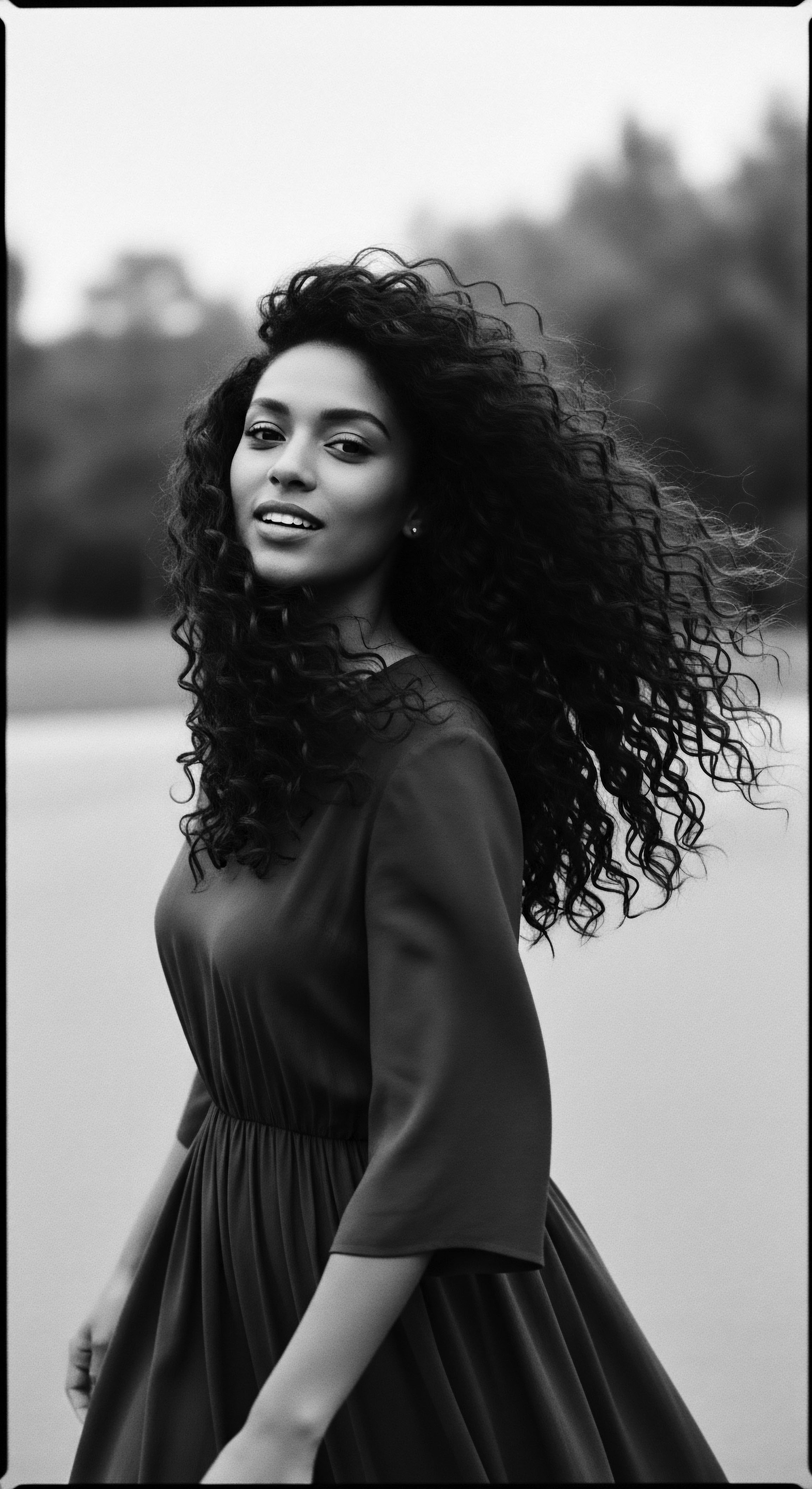
Relay
The deep wisdom of ancestral care for textured hair, often passed down through generations, presents a comprehensive model for modern hair wellness. This model extends beyond superficial aesthetics, centering on sustained health, nightly preservation, and responsive problem-solving, all rooted in an enduring heritage. The efficacy of these historical practices, when viewed through the lens of contemporary scientific understanding, reveals a harmonious alignment between ancient intuition and current knowledge.
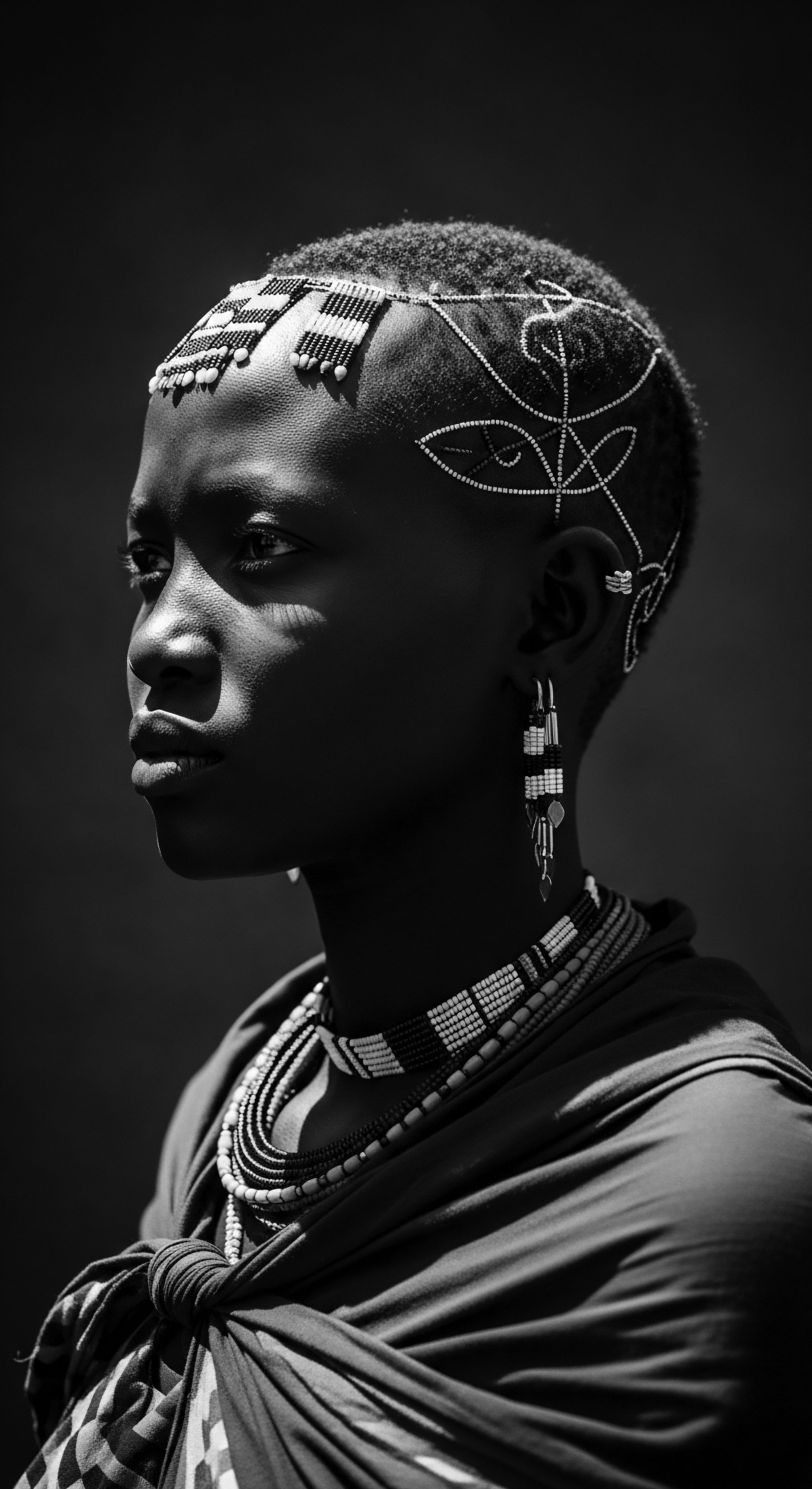
Crafting Personalized Regimens from Ancient Philosophies
Building a regimen that genuinely supports textured hair health draws heavily from the holistic philosophies of ancestral care. These traditions emphasized consistent nourishment, gentle handling, and a deep connection to natural cycles. Rather than a rigid set of rules, ancient practices were often adaptable, responding to individual needs and environmental conditions, much like a well-designed personalized regimen today.
The rhythm of communal care, often involving shared knowledge and collective assistance, ensured that best practices were disseminated and refined. This communal aspect, beautifully detailed in Emma Dabiri’s work, highlights how hair care was not just an individual chore but a social happening, strengthening bonds and transmitting generational wisdom (Dabiri, Twisted ❉ The Tangled History of Black Hair Culture, 2019).
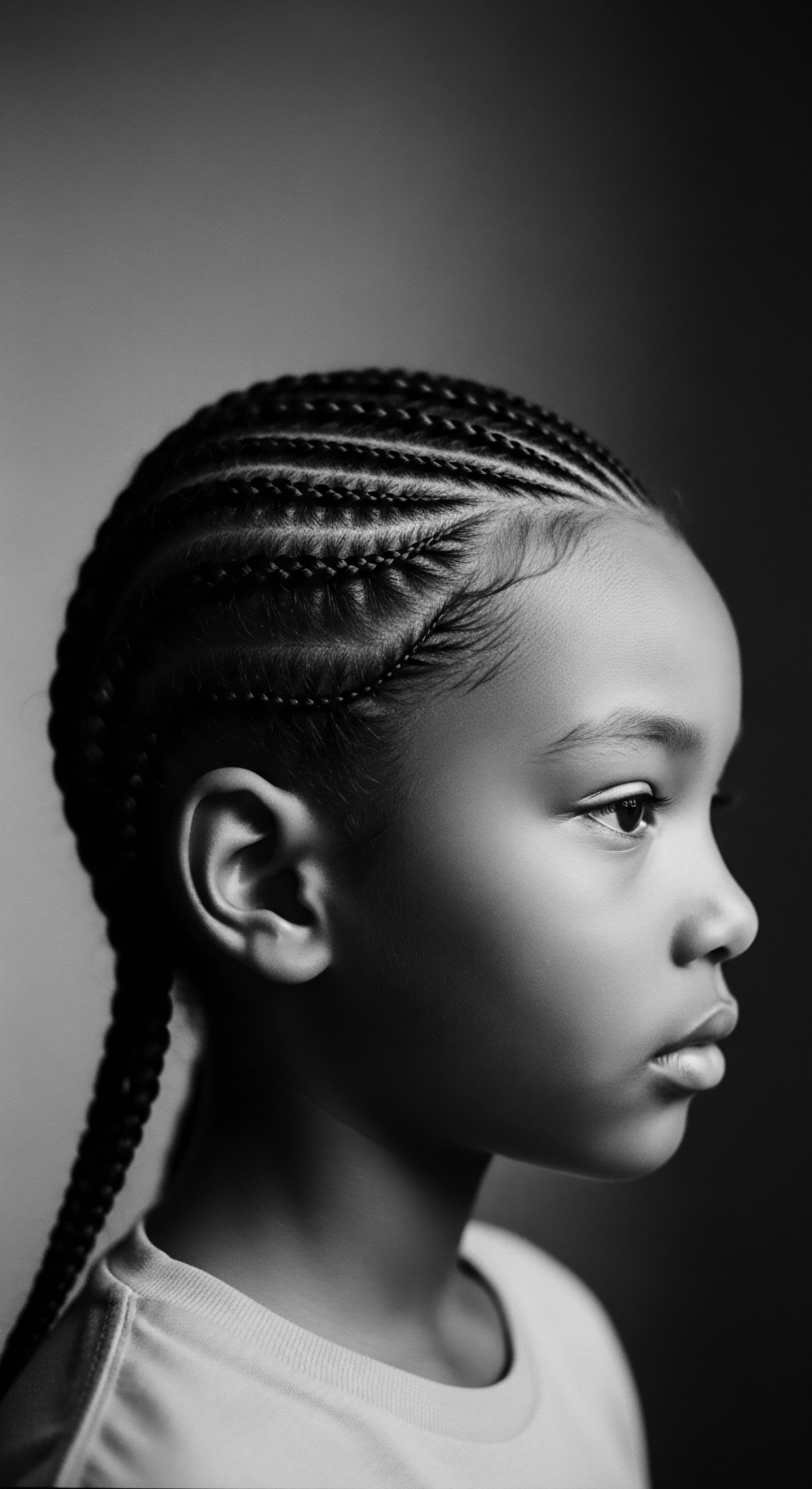
What Benefits Do Traditional Ingredients Offer Modern Hair?
The bedrock of ancestral textured hair care lies in its reverence for natural ingredients, many of which are now validated by modern science for their specific benefits. These ingredients, often sourced locally, provided essential moisture, strength, and protection.
Consider Shea Butter (Vitellaria paradoxa), often called “women’s gold” in West Africa. For centuries, it has been a staple for skin and hair, celebrated for its moisturizing and soothing properties. Modern analysis confirms its richness in vitamins A, E, and F, and essential fatty acids, making it an excellent emollient for dry hair, helping to seal in moisture and reduce breakage. Its anti-inflammatory properties can also aid in scalp health, a common concern for those with textured hair.
Castor Oil (Ricinus communis), another widely used ingredient across Africa, is renowned for its thick consistency and ability to condition deeply, promoting hair growth and thickness. Its high content of ricinoleic acid is believed to improve blood circulation when massaged into the scalp, nourishing follicles.
Various plant-based cleansers, often clays or saponin-rich plants, were used to purify hair without stripping its natural oils. Ancient Egyptians, for example, used clay as a gentle cleanser. In Ethiopian communities, traditional plants like Ziziphus spina-christi and Sesamum orientale leaves were used for hair and skin care, often prepared with water as topical treatments or leave-in conditioners. This contrasts sharply with some harsh modern shampoos that can leave textured hair parched and vulnerable.
- Shea Butter ❉ A rich, nourishing butter from West Africa, offering deep moisture and anti-inflammatory benefits, essential for dry, coily textures.
- Coconut Oil ❉ A versatile oil, historically used for conditioning and strengthening hair, capable of penetrating the hair shaft to reduce protein loss.
- Chebe Powder ❉ A unique Chadian blend of herbs, primarily known for its remarkable ability to help retain hair length and enhance moisture retention.
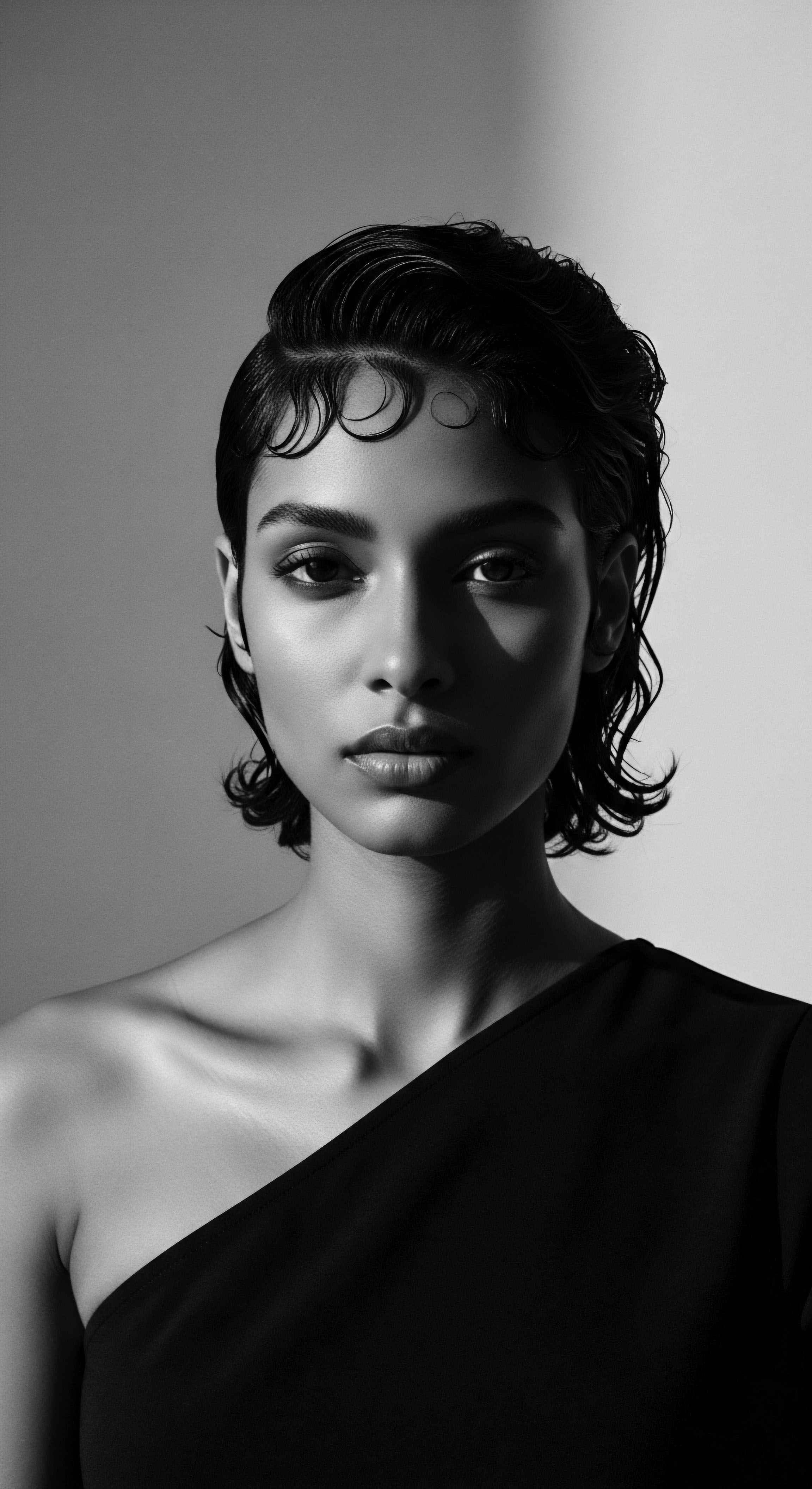
The Nighttime Sanctuary ❉ Bonnet Wisdom and Sleep Protection
The ritual of protecting hair during sleep, often with head coverings, is not a recent innovation. It is an extension of ancestral wisdom recognizing the vulnerability of hair, especially textured hair, to friction and moisture loss against coarse sleeping surfaces. While the specific materials may have varied, the principle of creating a “nighttime sanctuary” for hair has a long legacy. Headwraps, in many African cultures, served not only as fashion statements or indicators of status but also as practical means of hair preservation.
Modern satin or silk bonnets and pillowcases echo this ancient understanding, providing a smooth surface that reduces friction, minimizes tangles, and helps retain the hair’s natural moisture. This simple yet profound practice directly contributes to reducing breakage, preserving style, and maintaining the hair’s hydration levels, thus improving overall health. It is a daily reaffirmation of care that mirrors the intentionality of ancestral practices.
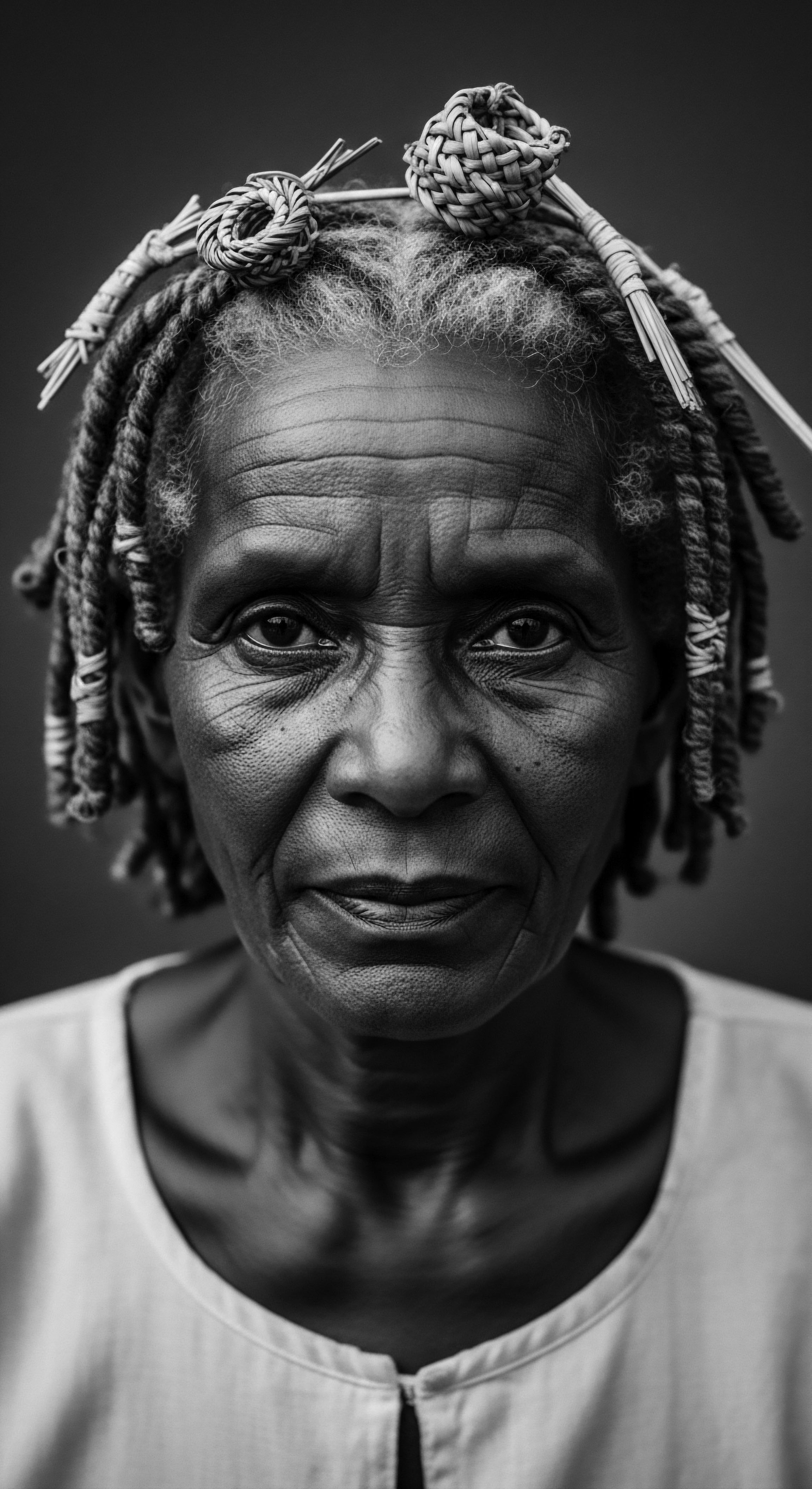
Addressing Hair Challenges with Heritage-Informed Solutions
Textured hair, due to its unique structure, faces specific challenges, such as dryness, breakage, and certain forms of alopecia. Research indicates that dryness is a significant concern for textured hair consumers, and conditions like hair loss or thinning are reported by a higher percentage of Type 4 (coiled) hair consumers compared to other hair types (Awa, The Texture Gap, 2023). This predisposition to dryness is linked to the tight curl pattern that hinders the even distribution of natural scalp oils along the hair shaft.
Traditional practices often held preventative and remedial wisdom for these concerns. Regular oiling and moisturizing, using ingredients like shea butter or coconut oil, directly addressed dryness. Gentle detangling methods, often involving fingers or wide-tooth combs with emollients, mitigated breakage.
For scalp health, traditional herbal rinses and massages were commonplace, stimulating circulation and maintaining a balanced environment. An ethnobotanical survey in Northern Morocco identified 42 plant species traditionally used for hair treatment and care, with many possessing properties against hair loss and dandruff, such as Lawsonia inermis (Henna) and Rosmarinus officinalis .
| Hair Challenge Dryness |
| Traditional Practice Regular application of plant-based oils (e.g. shea butter, coconut oil, baobab oil) and butters. |
| Modern Scientific Link Lipid content and fatty acids in these emollients seal cuticle, reduce transepidermal water loss, and provide barrier function. |
| Hair Challenge Breakage |
| Traditional Practice Protective styles (braids, twists), gentle detangling with wide-tooth combs, avoiding excessive manipulation. |
| Modern Scientific Link Reduces mechanical stress on fragile coiled strands, minimizes friction, preserves structural integrity of the hair shaft. |
| Hair Challenge Scalp Irritation/Dandruff |
| Traditional Practice Herbal rinses, clay cleansers, scalp massages with specific oils. |
| Modern Scientific Link Anti-inflammatory and antimicrobial properties of plants, improved circulation, and non-stripping cleansing maintain scalp microbiome. |
| Hair Challenge Hair Loss/Thinning |
| Traditional Practice Specific plant extracts (e.g. rosemary, chebe powder), scalp stimulation. |
| Modern Scientific Link Certain plant compounds support follicle health, stimulate growth, and reduce inflammation. |
| Hair Challenge The enduring effectiveness of traditional practices against common textured hair challenges suggests a deep, intuitive understanding of hair biology, often validated by contemporary research. |
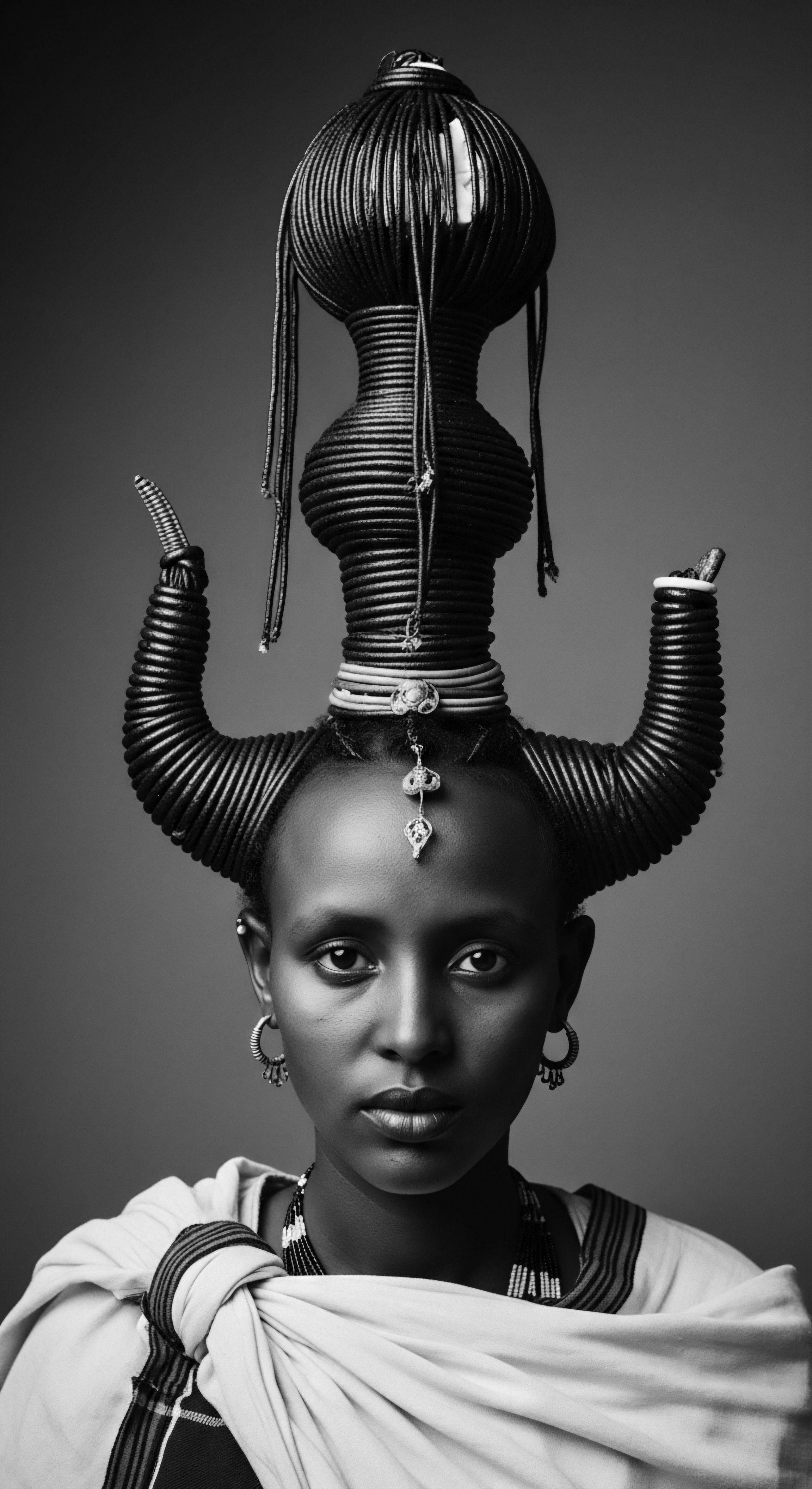
Holistic Influences on Hair Health
Ancestral wisdom often viewed hair health as inseparable from overall well-being, an intrinsic part of a holistic existence. Diet, spiritual practices, and communal harmony were understood to reflect in the vitality of one’s hair. This perspective encourages us to move beyond superficial product application and consider lifestyle choices that influence hair from within.
A balanced, nutrient-rich diet, adequate hydration, stress management, and a sense of community all contribute to the foundation of healthy hair, a truth known to our ancestors and increasingly reaffirmed by modern wellness advocates. The connection between body, mind, and spirit, so central to many traditional African healing philosophies, provides a powerful framework for truly radiant hair.
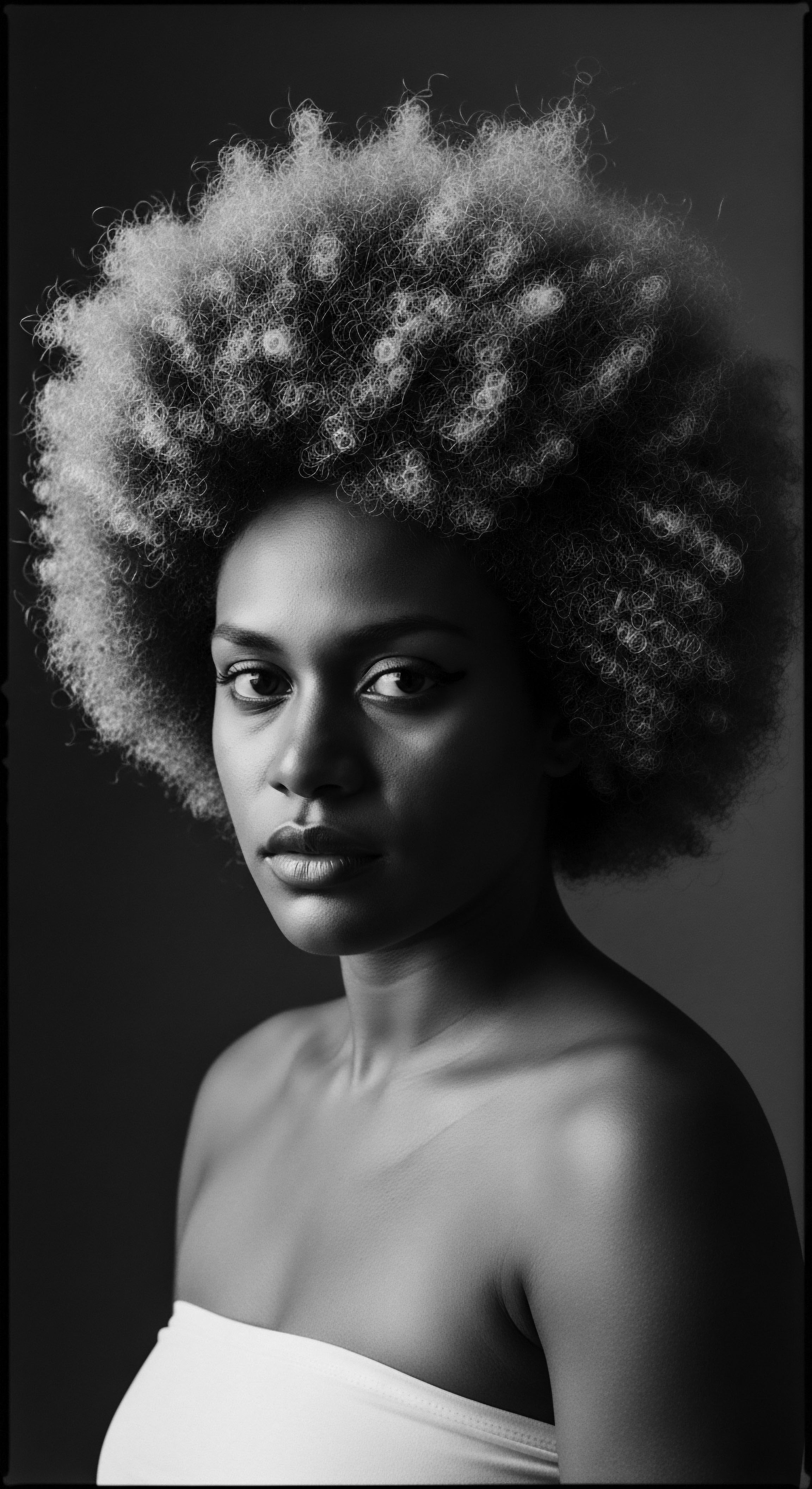
Reflection
The journey through the heritage of textured hair care reveals a story far richer than mere cosmetic application. It speaks of survival, of identity, of communities bound by shared rituals and the profound wisdom passed from one generation to the next. The question of whether traditional hair practices can improve modern textured hair health finds its resolution not in a simple ‘yes’ or ‘no,’ but in a resounding affirmation of continuity. We witness how the innate characteristics of textured hair, understood instinctively by our ancestors, were met with ingenious solutions drawn from the natural world—solutions that science today often confirms.
The resilience of our hair is inextricably tied to the resilience of our heritage. Each coil and kink carries echoes from the source, living testament to ancient practices and the enduring spirit of those who nurtured their strands with reverence and knowledge. The tenderness in ancestral touch, the purpose in each styling ritual, and the mindful selection of nature’s bounty—these are not relics of a distant past. They are living tenets, guiding lights that illuminate a path to more authentic, sustainable, and soulful hair care in our present.
By consciously integrating these time-honored approaches, we do more than simply improve hair health; we honor a legacy, reclaim a part of ourselves, and continue to write the unfolding story of our vibrant textured heritage. This is the enduring soul of a strand.
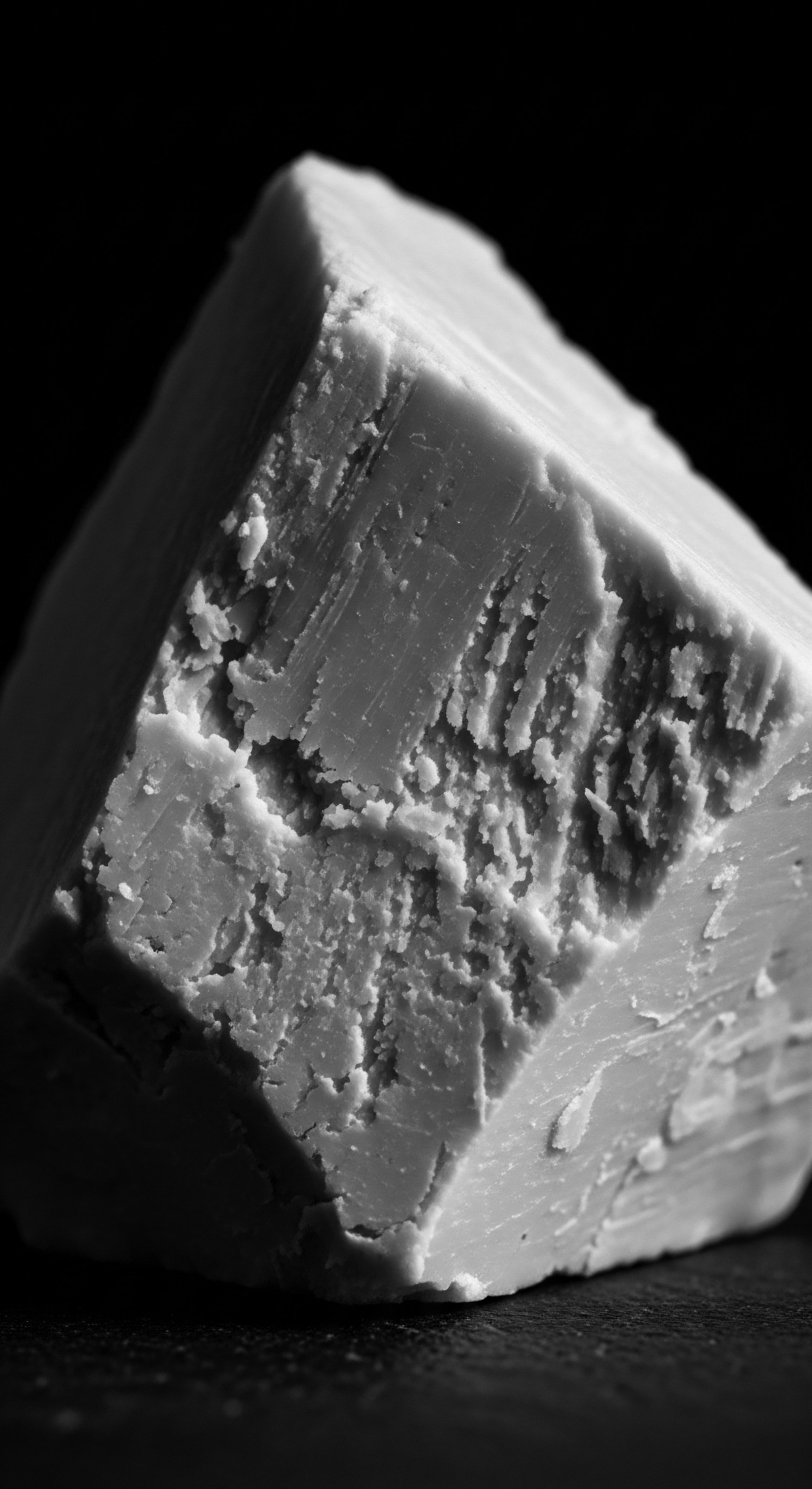
References
- Byrd, Ayana, and Lori Tharps. Hair Story ❉ Untangling the Roots of Black Hair in America. St. Martin’s Press, 2001.
- Dabiri, Emma. Twisted ❉ The Tangled History of Black Hair Culture. Harper Perennial, 2019.
- Flowers, Ebony. Hot Comb. Drawn & Quarterly, 2019.
- Rooks, Noliwe M. Hair Raising ❉ Beauty, Culture, and African American Women. Rutgers University Press, 1996.
- Sharaibi, O. J. Oluwa, O. K. Omolokun, K. T. Ogbe, A. A. & Adebayo, O. A. (2024). Cosmetic Ethnobotany Used by Tribal Women in Epe Communities of Lagos State, Nigeria. Journal of Complementary Medicine & Alternative Healthcare, 12(4), 555845.
- Mouchane, M. Taybi, H. Gouitaa, N. & Assem, N. (2020). Ethnobotanical Survey of Medicinal Plants used in the Treatment and Care of Hair in Karia ba Mohamed (Northern Morocco). Journal of Pharmaceutical Research International, 32(31), 93-102.
- Nchinech, N. Bouichou, R. & Benali, T. (2023). Plants Use in the Care and Management of Afro-Textured Hair ❉ A Survey of 100 Participants. Scholars Journal of Applied Medical Sciences, 11(11), 1984-1988.
- Awa, W. (2023). The Texture Gap. Carra.
- Rodriguez, A. & Jackson, B. (2023). What Every Dermatologist Must Know About the History of Black Hair. Cutis, 112(1), 35-38.
- Dube, M. Motswai, S. & Mogale, V. (2024). Exploring Textured Hair Care as a Meaningful Occupation ❉ A Thematic Analysis. ResearchGate .
